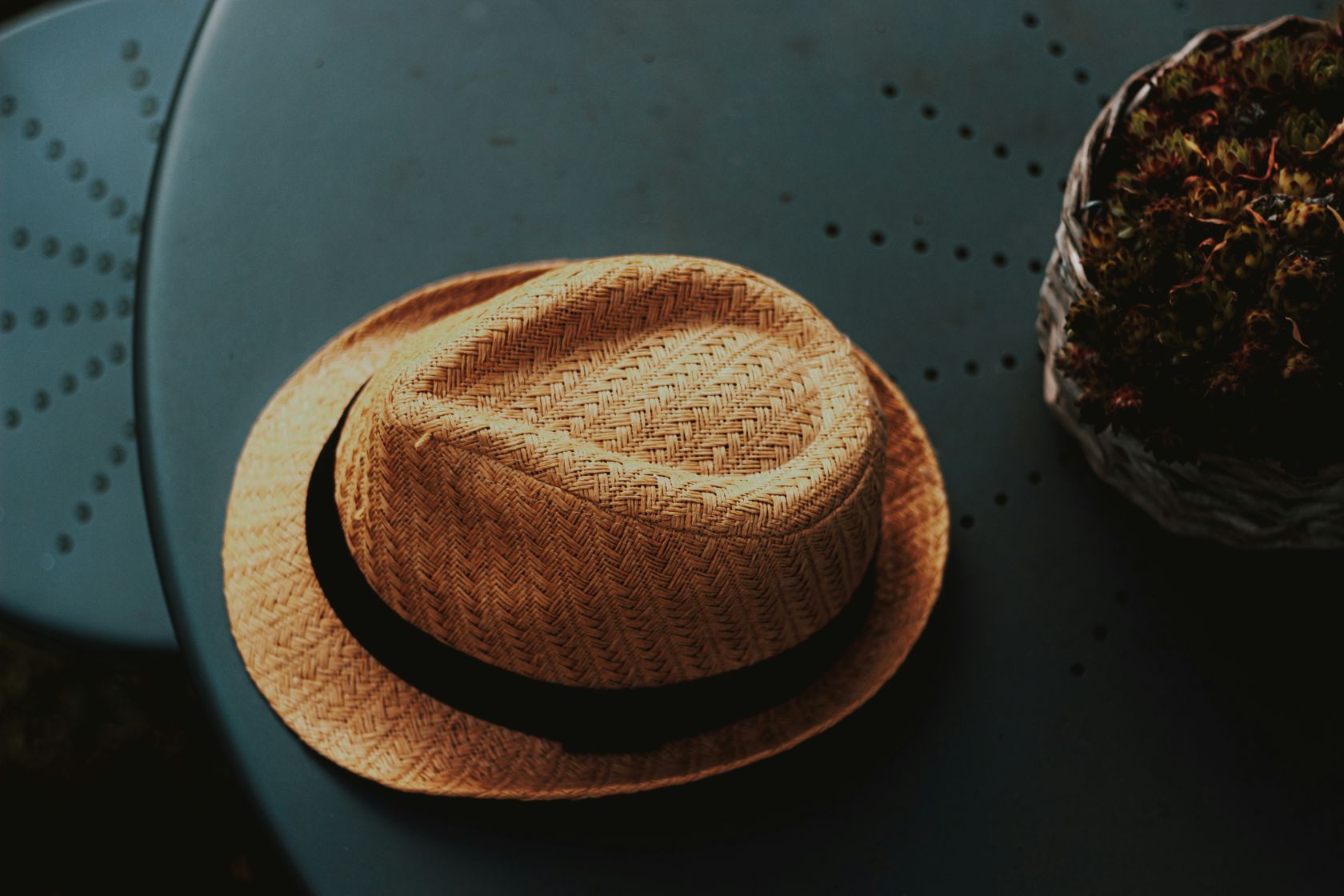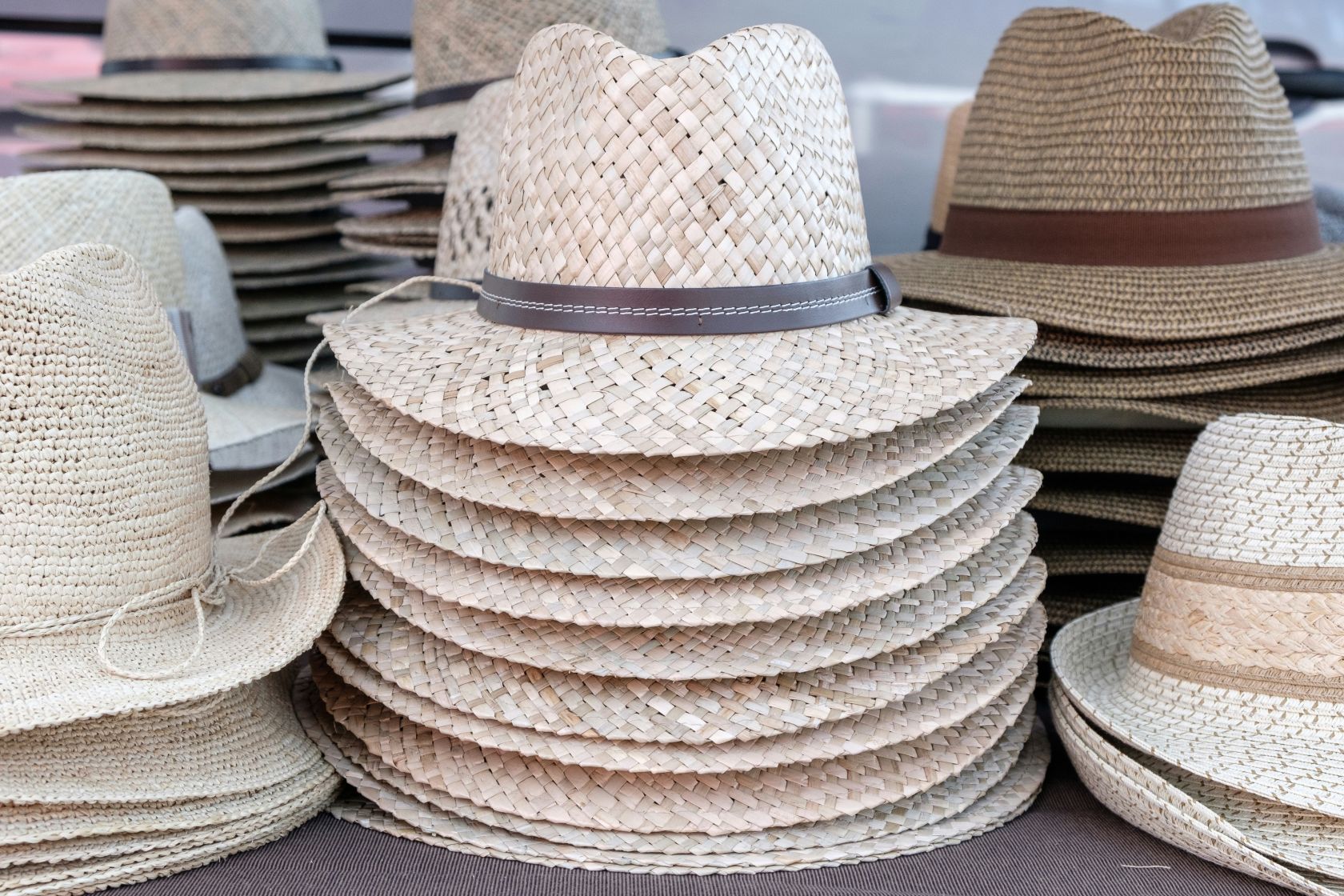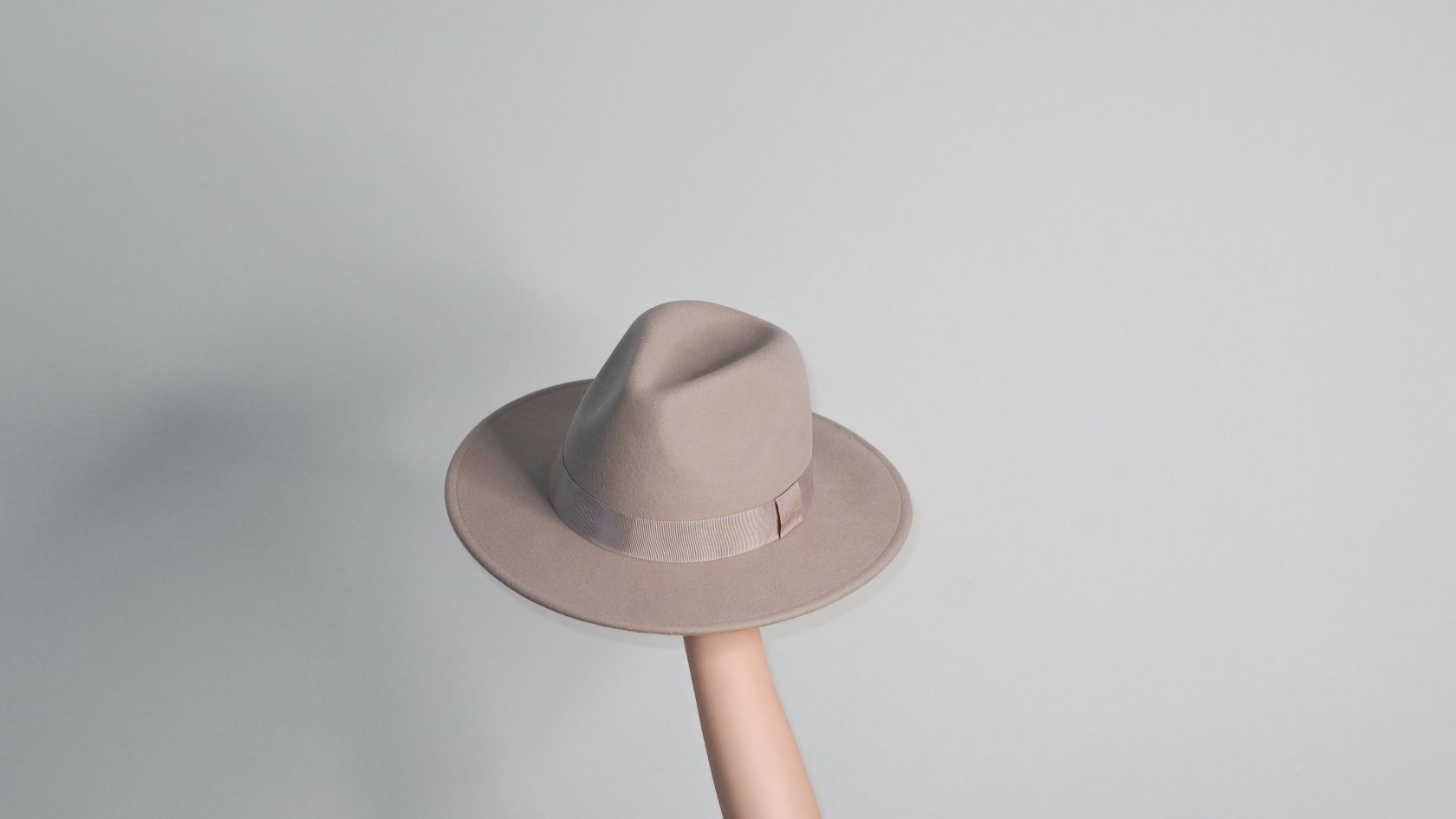What’s so special about Panama Hats? Hundreds of similar straw hats are available - different weaves, head sizes, brim widths, shapes, etc - all are light and designed for hot weather, and a significant portion of them are made in China.
But the true Panama Hat is classy. Timeless. Cool and elegant. Beautifully finished, it has stood the test of time, and effortlessly adds a finishing touch to any outfit for men - or women.
A Panama Myth
Commonly called a Panama Hat, they are actually from Ecuador and are woven from the soft, fine fibres of a palm called toquilla (Carludovica palmata), with the finest quality toquilla straw for weaving predominantly grown and harvested in Ecuador. The toquilla palm is not a true palm, having leaves that are distinctly different from those of true palms, and is native to northern South America.
Cottage Industry
Beginning in the early to mid-1600s, hat weaving evolved as a cottage industry along the Ecuadorian coast as well as in small towns throughout the Andean mountains. The communities that create them have an eco-friendly, sustainable harvesting process, taking only the necessary shoots to avoid damaging the plants, and weaving grew steadily in Ecuador through the 17th and 18th centuries.

Ecuador's low tourism and international trade levels during the 1850’s prompted hat makers to take their skills to the busy trade centre of Panama, where they were able to sell more hats than they ever could in Ecuador. Prospectors traveling through Panama to California during the ‘gold rush’ times bought them, and would tell admirers that their hats had been bought in Panama, and they quickly became known as ‘Panama Hats’ - and the name has persisted, despite originating in Ecuador. Rebranding them as ‘Ecuadorian hats’ hasn't fully caught on, though there's a growing movement to highlight their Ecuadorian heritage and craftsmanship.
President Roosevelt inadvertently boosted their sales
The popularity of the hat was reinforced by U.S. President Theodore Roosevelt's trip to oversee the construction of the Panama Canal. Roosevelt used his natural ability to drum up publicity by posing for photos at the canal construction site - and apparently, he wasn’t shy about using the press to his advantage. Photos of his visit showed a strong, rugged leader dressed crisply in light-coloured suits sporting an Ecuadorian-made Panama hat.
How to spot a fake!
The top of the crown should feature a rosette-shaped weave, and be a distinctive ivory-white colour, meticulously hand-woven. Check the tightness and finesse of the weave, as the time spent in weaving a complete hat out of toquilla straw characterises its quality. They should be light, with a distinct, flowery scent. Some of the finest might even have a signature of the weaver on the inside, as a mark of authenticity and craftsmanship, sometimes alongside a brown stamp guaranteeing the origin and weaving process.

The authentic and only ones recognised by UNESCO as a world’s intangible cultural heritage in 2012 come from Cuenca city, with the most renown hats made in the village of Montecristi, where only 2,000 hats are produced annually, where these are graded for different levels of superiority. Although the Panama Hat continues to provide a livelihood for thousands of Ecuadorians, fewer than a dozen weavers capable of making the finest ‘Montecristi superfinos’ remain, and according to popular lore, a ‘superfino’ Panama Hat can hold water, and when rolled up, can pass through a wedding ring. But contrary to popular belief, not all Panama Hats are foldable – so ask the question at the time of purchase!

In February 2014, Simon Espinal, an Ecuadorian weaver considered to be among the best, set a world record, making a Panama Hat with four thousand weaves per sq.inch that took eight months to handcraft.
Fakes Abound
Sadly, imitations exist, and most are made elsewhere. One was the Tamsui Hat, made in Taiwan, to directly compete with the Panama in the early 20th century. They were made from fibres of the Pandanus odoratissimus, a native plant to Taiwan. Tamsui Hats retained their whiteness, were washable, and could be folded without damage, but they did not become as dominant or as globally recognised as the Panama Hat.
Marilyn writes regularly for The Portugal News, and has lived in the Algarve for some years. A dog-lover, she has lived in Ireland, UK, Bermuda and the Isle of Man.














